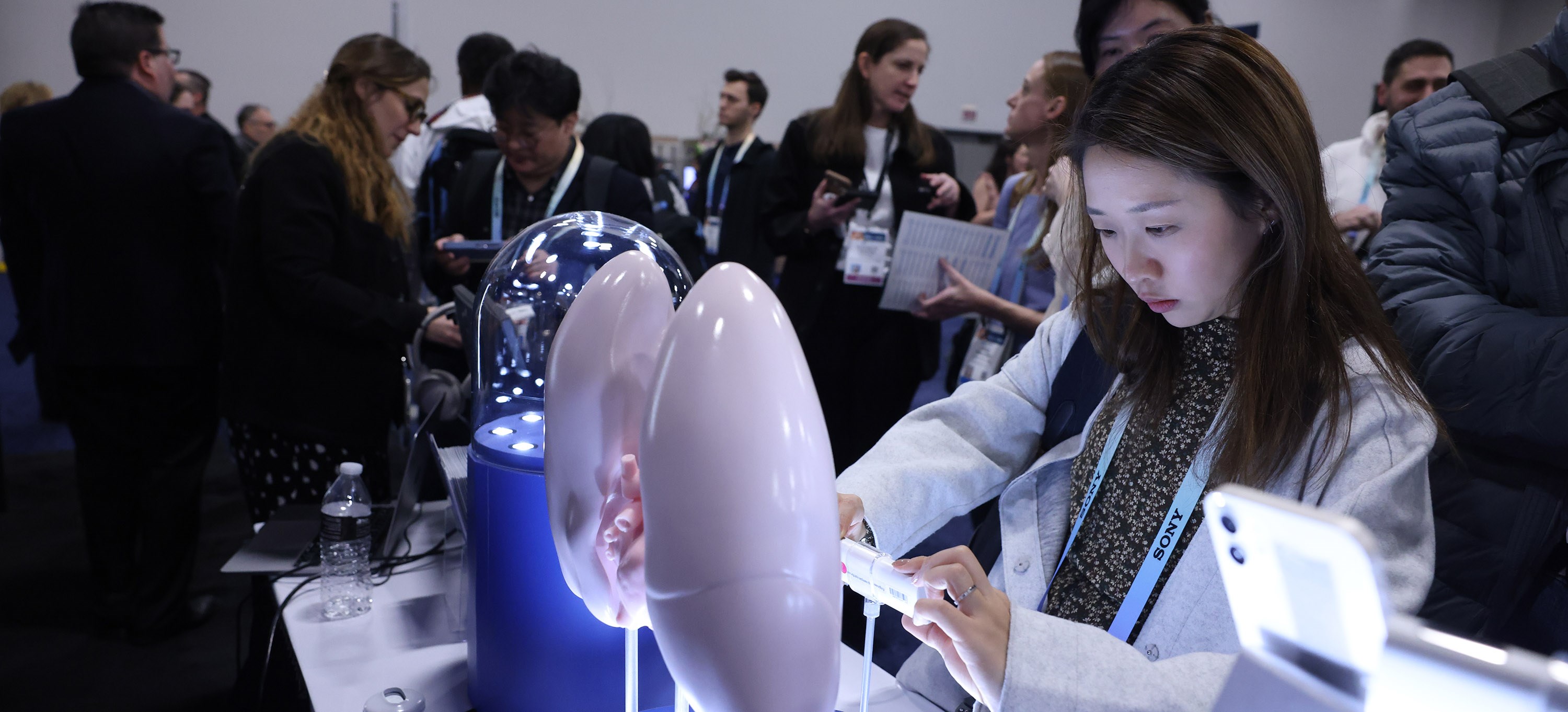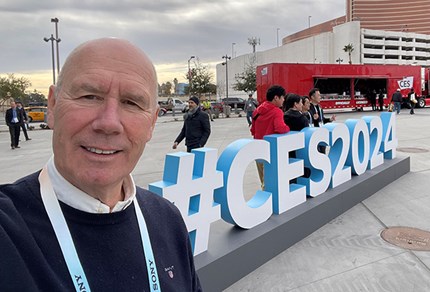
CES 2024: Implications for Innovation and Sustainable Growth
The Consumer Electronics Show 2024 reaffirmed the importance of continuing to bridge the gap between groundbreaking technology and practical, sustainable market applications, reports Professor Tor W. Andreassen from Las Vegas.

CES (Consumer Electronics Show) 2024, the world's largest tech event, has concluded with over 3000 companies and 130,000 participants coming together over three hectic days in Las Vegas.
Being there offered me a unique vantage point to observe and engage with the forefront of technological innovation. Here are my key takeaways and reflections that might be of relevance to DIG’s partners and the broader innovation community.
1. Sustainable Tech Solutions
This year's CES placed a strong emphasis on eco-friendly technology, resonating deeply with DIG's commitment to sustainable growth. The array of products showcased, from energy-efficient devices to advanced materials for greener manufacturing, highlighted the critical role of sustainability in product development and business strategy. These innovations mark a significant step towards integrating environmental considerations into the heart of technological advancement.
2. AI and Automation
The advancements in AI and automation were standout features of CES 2024, underscoring their capacity to revolutionize operations and decision-making processes. This trend is especially pertinent for DIG leaders, emphasizing the need to harness AI's capabilities for boosting efficiency and driving innovation across various sectors.
3. Connected Ecosystems
The advancements in IoT (Internet of Things) were impressive, emphasizing the move towards interconnected and intelligent systems, including smart cities and health tech. This trend indicates substantial opportunities for DIG in employing connected technologies to foster smarter, more efficient, and data-driven approaches in diverse fields, ranging from healthcare to urban planning.
Notably, Google’s presence fell short of my expectations, and the absence of tech giants like Apple and Microsoft was particularly surprising. In contrast, Samsung’s exhibition, dubbed 'Samsung City', was a spectacle in its own right, demonstrating the scale and ambition of their technological prowess. Xplora was the only Norwegian company present with their innovative smartwatches for children. I found this surprising given Norway’s focus on innovations. Norway could have copied other nations initiativ of one stand hosting numerous national companies. Promoting «Made in Norway» may have a value in itself.
From a researcher's perspective, the true value of CES lies beyond the immediate dazzle of gadgets and complex AI-driven products. It's in the application of these technologies and their integration into market systems where their true economic value lies. The world’s best solutions only realize their potential when effectively adopted by the market. The process of developing new solutions consists of invention and innovation. It is time to focus more on the latter.
In this respect, DIG’s research focus on digital innovation for sustainable growth is spot on. The event reaffirmed the importance of continuing to bridge the gap between groundbreaking technology and practical, sustainable market applications.
